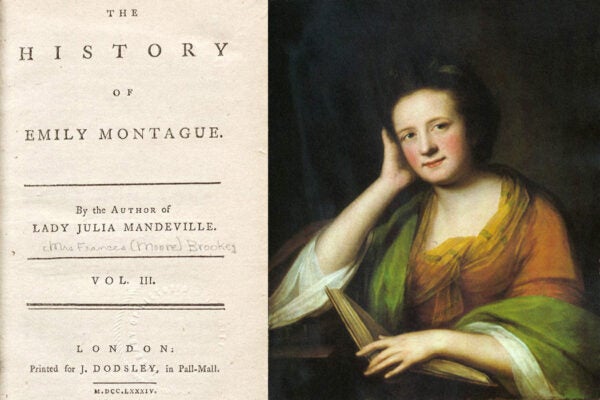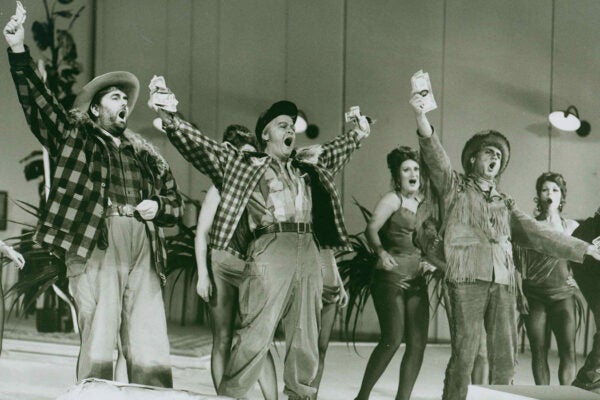There’s no denying that beards are having an extended moment. They spawn think pieces and cutesy trends and medical curiosities. But the beard was a thing during the Renaissance, too, as Will Fisher writes—and the history of facial hair reveals much about the history of Renaissance masculinity.
“The beard made the man” in early modern England, writes Fisher, as men began to be depicted with full facial hair. Over 90 percent of Renaissance English men in one art exhibition had beards, writes Fisher, and they appeared on stage, too, in real and fake form.
“I do not mean to suggest that all men simply wore beards in the Renaissance,” writes Fisher. “Instead, I want to ask how these representations might have helped to fashion an historically significant vision of what it meant to be a man by fashioning an historically specific ideal of the male body.”
By characterizing beards as signs of manhood that could not help but be shown in social situations, writes Fisher, Renaissance tastemakers construed facial hair as both a gender marker and a necessary status symbol. They compared beards to virile military flags and smoke, and even suggested that the growth of facial hair was linked to discharges of semen. Men without beards were compared to boys and women, suggesting that the absence of facial hair defined both groups. Women even mocked beardless men in Shakespeare’s plays, asking if they were supposed to dress them up in their clothes and turn them into their waiting women because of their excessive femininity.
Throughout the English Renaissance, writes Fisher, “the beard was one of the primary ways in which masculinity was materialized… it was therefore not simply a ‘secondary’ sexual characteristic.” Even though it could be manipulated by a hairdresser or faked by a boy actor, beards were the must-have accessory for the modern English gentleman—much as they are today.






